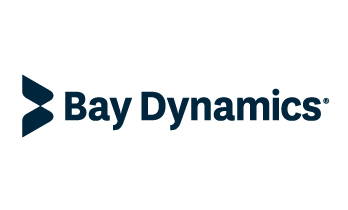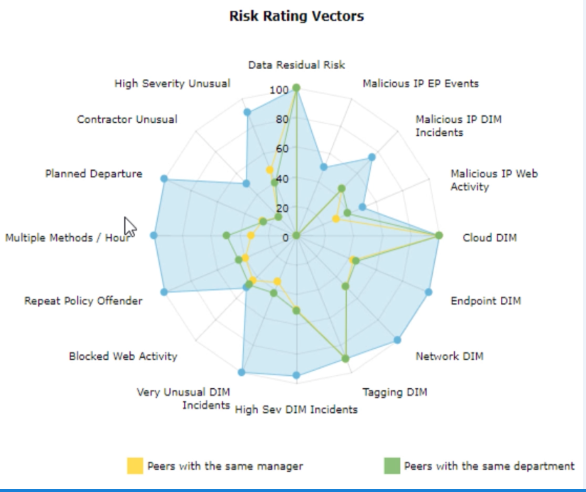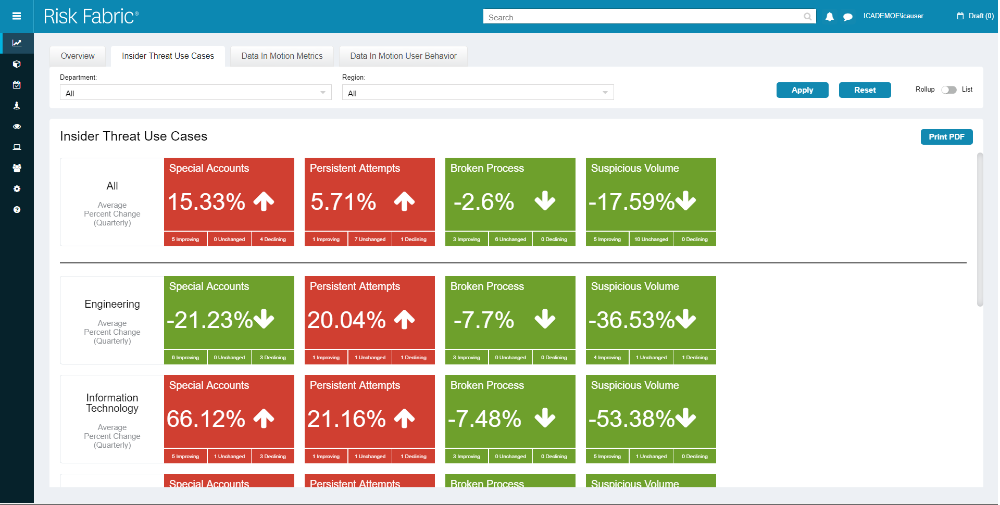Photo Gallery
 |

 |
Risk Fabric



Additional Info
| Company | Bay Dynamics |
| Company size | 50 - 99 employees |
| Website | https://baydynamics.com/ |
NOMINATION HIGHLIGHTS
Using proprietary, algorithm-based User Behavior and Entity Analytics, Risk Fabric primarily detects four types of insider threats – malicious insiders purposefully seeking to harm the organization, innocent non-malicious insiders who don’t realize their actions are elevating risk, repeat offenders whose actions continuously elevate risk and compromised credentials. Risk Fabric detects unusual/risky behaviors of employees, including third-party vendors, prioritizes the riskiest users (based on a combination of mission impact, asset value and associated vulnerabilities), and delivers a prioritized list of users to security analysts/investigators responsible for mitigation.
To reduce false positives, Risk Fabric engages advanced machine learning and normality analysis, informing line of business application owners BEFORE the alert is sent to analysts, asking them to qualify if the behavior was business justified. If the application owner deems the alert ‘business as usual,’ it is white-listed and won’t be flagged again. Alternatively, if the application owner deems it unusual, it is marked ‘critical’ and sent to investigators. This qualification process significantly reduces false positives and enables users to continue their work without interruption.
In July 2017, Bay Dynamics announced the integration of Risk Fabric’s UEBA technology with Symantec’s data loss prevention platform, enabling Symantec customers to pare down and prioritize the large volumes of threat alerts DLP analysts receive, allowing them to focus their time and resources mitigating only the most critical threats.
Using Risk Fabric, one Bay Dynamics customer has been able to auto-assign 80% of their non-malicious DLP events for remediation. Another customer reduced its actionable workload from thousands of events per day to hundreds. As a result, the company could reassign the bulk of its dedicated team, reducing it from 35 to just five people.
Risk Fabric is enabling organizations to focus their resources, efforts and investments on tackling the most critical threats to their most important assets.
How we are different
• Unlike other UEBA solutions, Risk Fabric prioritizes threats based on the risk equation - calculated impact to the business if the threat were to succeed, associated vulnerabilities and value of the asset under attack. It also uses machine learning to understand and whitelist behaviors that although are unusual, are indeed business justified, saving analysts and investigators from chasing the wrong threats. Also unlike other UEBA tools, Risk Fabric is not rules based.
• Unlike other UEBA solutions, Risk Fabric automatically engages application owners who govern the assets under attack, before the alert is sent to investigators. Application owners receive one question asking them to qualify if the behavior was business justified or not. If “yes, it was business justified,” the behavior is white listed, and the alert does not show up again. If “no, this is unusual” the alert is prioritized and sent to investigators for mitigation.
• To prioritize threats, Risk Fabric quantifies the impact of cyber risk based on actual telemetry data in the organization’s environment. Risk Fabric measures how much impact the organization would face if the threat were to succeed and how much risk would be reduced if the threat were mitigated. The formula enables a risk based approach to cyber security, an approach that stakeholders from the cyber security team, to the C-suite to the board of directors understands. With Risk Fabric, Bay Dynamics has upheld a 100% customer retention rate since product introduction in 2013.

Vote by Sharing
- Like
- Digg
- Tumblr
- VKontakte
- Buffer
- Love This
- Odnoklassniki
- Meneame
- Blogger
- Amazon
- Yahoo Mail
- Gmail
- AOL
- Newsvine
- HackerNews
- Evernote
- MySpace
- Mail.ru
- Viadeo
- Line
- Comments
- SMS
- Viber
- Telegram
- Subscribe
- Facebook Messenger
- Kakao
- LiveJournal
- Yammer
- Edgar
- Fintel
- Mix
- Instapaper
- Copy Link
Each completed social share counts as a vote for this award nomination.



